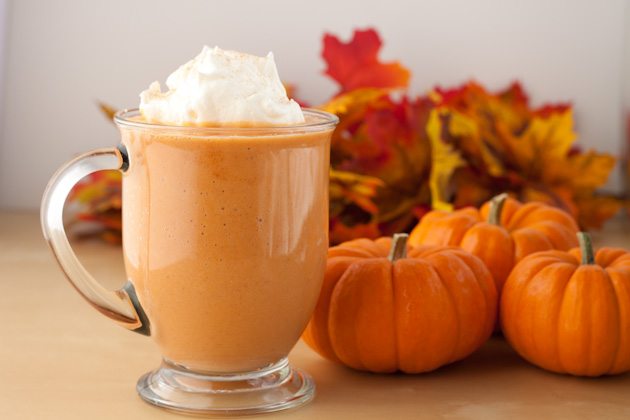Fibre is fundamental for the health of your horse and their gut. For many horses, a diet consisting just of fibre-based horse food will meet their energy requirements whilst maintaining good health. Feeding fibre to your horse comes with many benefits including being a source of nutrients, providing energy, keeping the gut healthy and keeping your horse warm during the colder months. Let’s take a closer look at the importance of fibre for your horse’s gut health, below.
Fibre In The Digestive System
The seven-stage digestive process begins when the horse takes a bite. They use their lips and tongue to take the food into their mouth where it is sheared by the incisors and chewed into smaller particles by the molars. Unlike humans, horses only produce saliva when they are chewing food. When the saliva is made it mixes with the food in the mouth to aid swallowing. The saliva created contains bicarbonates which balance the acidity in the digestive tracts and works to protect against ulcers. Once the food has been chewed and mixed with saliva, the feed is moved to the back of the horse’s mouth and turned into a ball with the help of the tongue. From here, the food is swallowed and enters the oesophagus and is moved through the digestive system by a process called peristalsis. Eventually it reaches the stomach where, due to the cardiac sphincter the food is unable to come back out – this is why a horse is unable to be sick. If you see food coming out of the mouth or nose the horse is most likely to be choking rather than being sick.
As horses are trickle feeders the stomach is relatively small as it’s been designed for the horse to eat little and often. The food passes into the small intestine after spending around 20-30 minutes in the stomach – this varies depending on the meal size and the nature of the feed consumed. The lower section of the stomach is lined with glandular mucosa; this secretes acid to assist with digestion and this section of the stomach has its own protection built- in to avoid acid damage. The small intestine is made up of the duodenum, jejunum and ileum and is where the breakdown and absorption of amino acids, starch and sugar takes place. Most of the minerals and vitamins are absorbed here too. To make conditions in the gut more alkaline, bile from the gut is secreted into the small intestine allowing the enzymes to break down the starch.
Fibre Digestion And Fermentation
The hind gut is made up of the caecum, large colon, small colon and the rectum. This part of the digestive system is where fibre digestion occurs. The feed will stay in the hind gut for much longer than any other part of the digestive system as fibre fermentation isn’t a quick process. Here, volatile fatty acids produced from fibre digestion are absorbed and provide energy for the horse to utilise immediately or store. The amount of energy created by fibre will depend on how much is degraded before it’s passed into the rectum. The rectum is a storage area for faeces before being expelled. It’s important to look at the consistency and frequency of the faeces as this can be a good indication of your horses’ digestive health.
As you can see, fibre is crucial as a source of energy and nutrients as well as helping to keep the gut health which makes it essential that your horses’ diet includes plenty of fibre. If you require further information, speak to an equine nutritionist for guidance on what to feed your horse.







